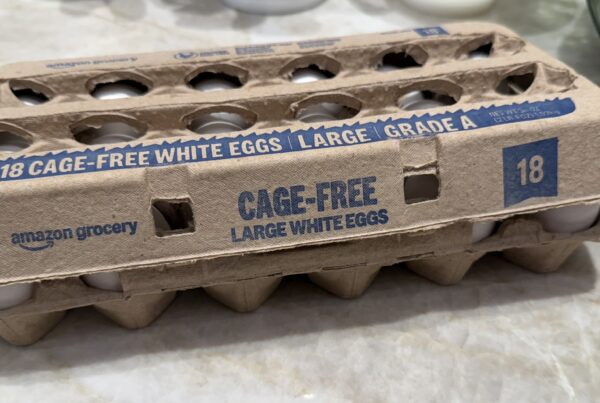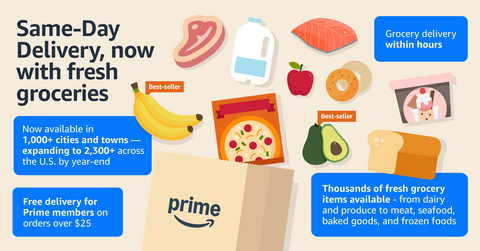What if you were starting from scratch as a retailer today?
How would you reimagine your offerings and build your portfolio based on today’s consumer demand, changing preferences, digital customer acquisition, forward and reverse logistics, robotic fulfillment and the desire for more flexible real estate and wholesale opportunities?
Even pre-COVID, customer needs were changing faster than the flexibility of prevailing lease terms would allow. If you need to double your store size or cut it in half, the rigidity of our collective approach to leasing—long-term deals packed with options, penalties and caveats—have turned what was historically a win-win into a lose-lose situation.
But that hasn’t stopped some retailers from rethinking their footprint in novel ways. When confronted with the challenge of changing consumer expectations, RH uncovered new opportunities by thinking differently about its real estate. Focused squarely on upscale customers, RH went dramatic and architectural. Its multi-story design galleries of 60,000 or 70,000 square feet were a hit with their target customers, including those who walk in and say “I’ll take one of everything.”
RH doesn’t need thousands of these temples to its brand. Having just a few gets the job done.
The strategy of how to best reach your customer in real life is always highly context-specific. The right choice could be to offer small, highly convenient nodes right in customer’s neighborhoods, balanced with larger, brand-reinforcing locations, along the lines of Kroger’s partnership with Walgreens, giving both companies the ability to pivot effectively.
Here are some questions to consider when imagining—or reimagining—retail:
- How will your store change based on the profitability of certain offerings or portions of the footprint?
- How would you integrate both macro- and micro-fulfillment within your physical network? Would these be integrated within the retail, relegated to industrial locations or a hybrid approach?
- What is the ideal proximity for different formats and how would you balance small-scale or showrooms with larger-scale temples to the brand? Or, is homogeneity of a singular format a feature, not a bug?
- How does the acquisition and utilization of data impact your balance of online vs. dedicated store vs. wholesale? Does this hold true as customers fluctuate between online and in-store channels?
- As in-store shopping patterns change between high street, mall and neighborhood centers, does your fleet have flexibility to move among these assets? Could a balance of wholesale and retail partnerships help soften this transition?
Taking this a step forward to the potential stickiness of COVID-learned behaviors, what will customer changes mean for retail opportunities post-COVID? If there’s even a small permanent increase in the number of workers staying home all day, this will have profound impacts beyond public transit. How will urban retail fare? What about Starbucks and Dunkin’ locations that rely on commuters, or even Mobil and Exxon gas stations? What is “essential” today could struggle post-COVID.
Online DTC operators will invest more heavily in physical footprints; legacy chains will focus on making online sales more profitable; and retailers will leverage stores in off-hours and alternative time zones for social selling, removing the limits of proximity.
Here are two divergent but equally possible approaches: Allbirds, with a store count in the dozens, will expand their retail footprint with no intention of moving into wholesale partnerships, whereas Casper has found success both with their retail footprint and in their wholesale partnership with Target, bringing their offering to customers in suburban markets and outside of the traditional locations for the first handful of stores.
What other brands, like Casper and Harry’s before them, can benefit from meaningful relationships with essential retailers as an alternative customer acquisition model going forward?
A reckoning is coming in commercial real estate. We have to figure out how to value assets without relying as heavily on long-term lease obligations. Conversely, we also have to create locations and environments that allow tenants to thrive with flexibility.
But just because a problem is tough, that doesn’t mean we shouldn’t try to solve it.
Starbucks is closing 400 stores and going all in on pickup options. Zara is shuttering 1,000 stores and sharpening its focus on ecommerce.
These stories have two things in common: Both hinge on the actions of retail companies that are widely admired for having their act together—and both happened to hit the news within 48 hours of our last post pointing out the need for retailers—even those with strong balance sheets—to be proactive about rationalizing their real estate portfolios.
The last 90-days have been filled with despair on many fronts, but a resilient response is to reconsider your long-held beliefs and take another bite at the apple. Imagine that you could start from scratch and open only the best stores, in the right locations, to serve the customers that are most valuable and to acquire more of those loyal shoppers.
In many ways, legacy retailers are now on the same footing as DTC and emerging brands: For the first time in decades, they have a real opportunity to retrench, reimagine and re-engage.
Don’t waste it.








